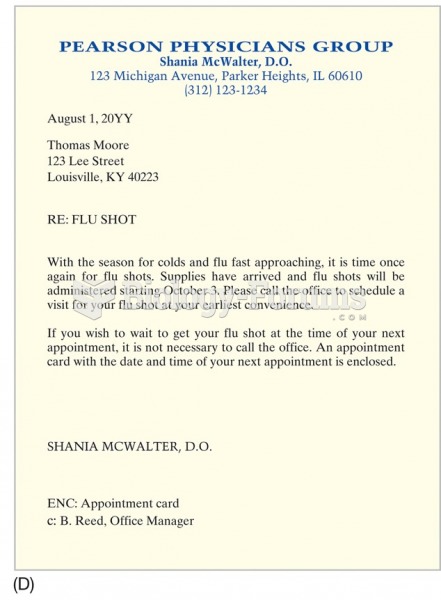|
|
|
Drying your hands with a paper towel will reduce the bacterial count on your hands by 45–60%.
The National Institutes of Health have supported research into acupuncture. This has shown that acupuncture significantly reduced pain associated with osteoarthritis of the knee, when used as a complement to conventional therapies.
The senior population grows every year. Seniors older than 65 years of age now comprise more than 13% of the total population. However, women outlive men. In the 85-and-over age group, there are only 45 men to every 100 women.
More than 30% of American adults, and about 12% of children utilize health care approaches that were developed outside of conventional medicine.
The human body produces and destroys 15 million blood cells every second.







